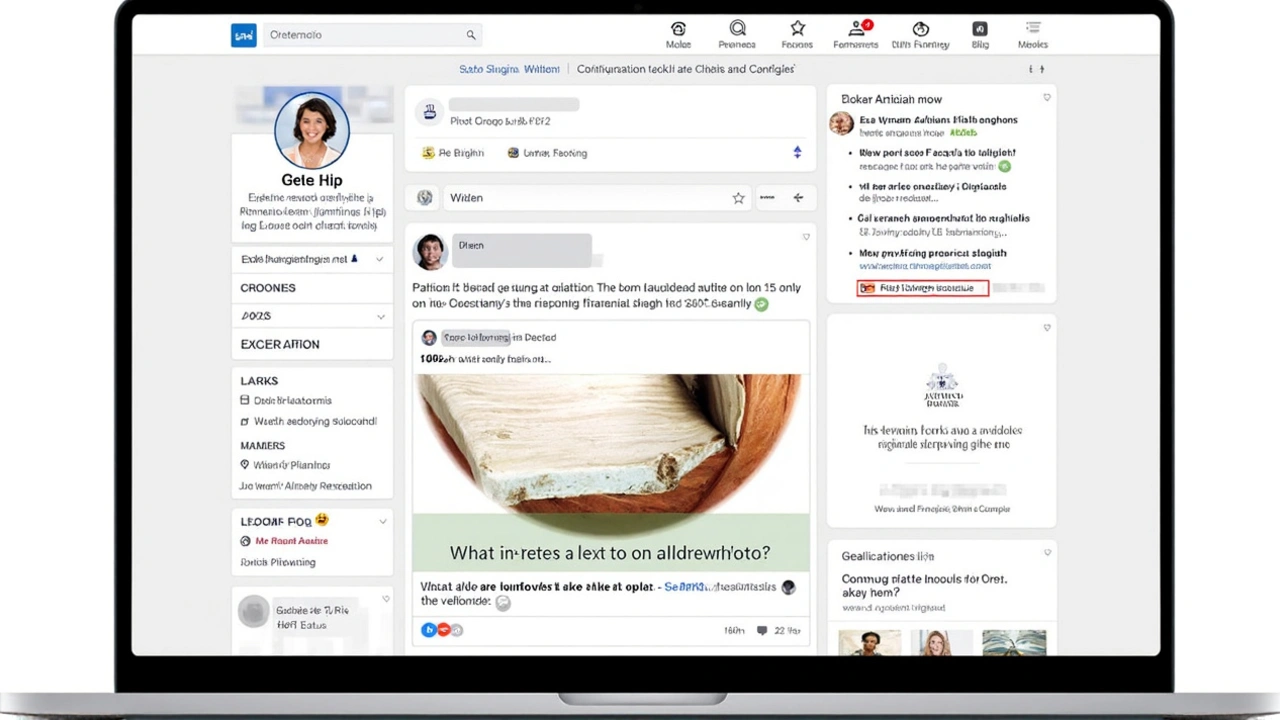Participatory Journalism: How to Contribute to the News
Your phone can break a story. Participatory journalism means everyday people share photos, video, tips, and local context that professional reporters might miss. When you send clear, factual information, you help newsrooms cover events faster and add voices that usually go unheard.
Why does it matter? Local witnesses catch details big outlets can’t reach fast. Community reporting surfaces problems, reveals patterns, and can push for change. For an outlet like Africa Daily Dispatch, citizen contributions expand coverage across towns and rural areas, giving readers stories grounded in real life.
How to contribute safely and clearly
Put safety first. Don’t put yourself in harm’s way to get a clip. Record from a safe distance or note what you saw if it’s risky to film. If you’re at a protest or accident, step back, stay aware, and avoid interfering.
Capture useful evidence. Shoot steady video, take clear photos, and write short notes: who, what, where, when. Include exact location (street name or GPS), time, and your contact info. A simple caption with these facts makes your tip far more valuable.
Keep originals. When asked, send raw files, not compressed or heavily edited versions. Original files carry metadata that helps verify time and place. If you must trim a clip, keep the uncut file and label everything clearly so reporters can trace the source.
Verification, ethics, and practical tips
Expect verification. Journalists will check your material, ask follow-up questions, and compare it with other sources. Be ready to answer who else was there, how you knew what happened, and whether you witnessed the full event or part of it.
Respect consent and privacy. Don’t film people in private or share intimate images without permission. Protect children and survivors. If someone asks you not to publish their image, respect that and tell the newsroom right away.
Be honest. Say what you saw and what you didn’t. Avoid speculation or dramatic wording. Straight facts help reporters build accurate stories without chasing misleading claims.
Use simple tools: enable timestamps, keep GPS on for photos, and use a voice note to record immediate context after an event. For sensitive tips, ask the newsroom about secure upload options or use encrypted messaging if available.
Know the newsroom’s rules. Many outlets, including Africa Daily Dispatch, accept tips via their website or verified social channels. Check how they prefer files and follow those steps to speed up publishing and verification.
Remember, your contribution can spark follow-up reporting, official action, or community support. When done responsibly, participatory journalism turns local observations into stories that matter. Share what you know, stay safe, and be clear—your input helps shape better news.
Citizen Journalism: Changing How the World Gets Its News
Citizen journalism lets everyday people report the news, often through smartphones and social media, playing a big role in events like the Arab Spring and Black Lives Matter. While it brings fresh perspectives and raw storytelling, there's ongoing debate about its reliability and editorial standards.
